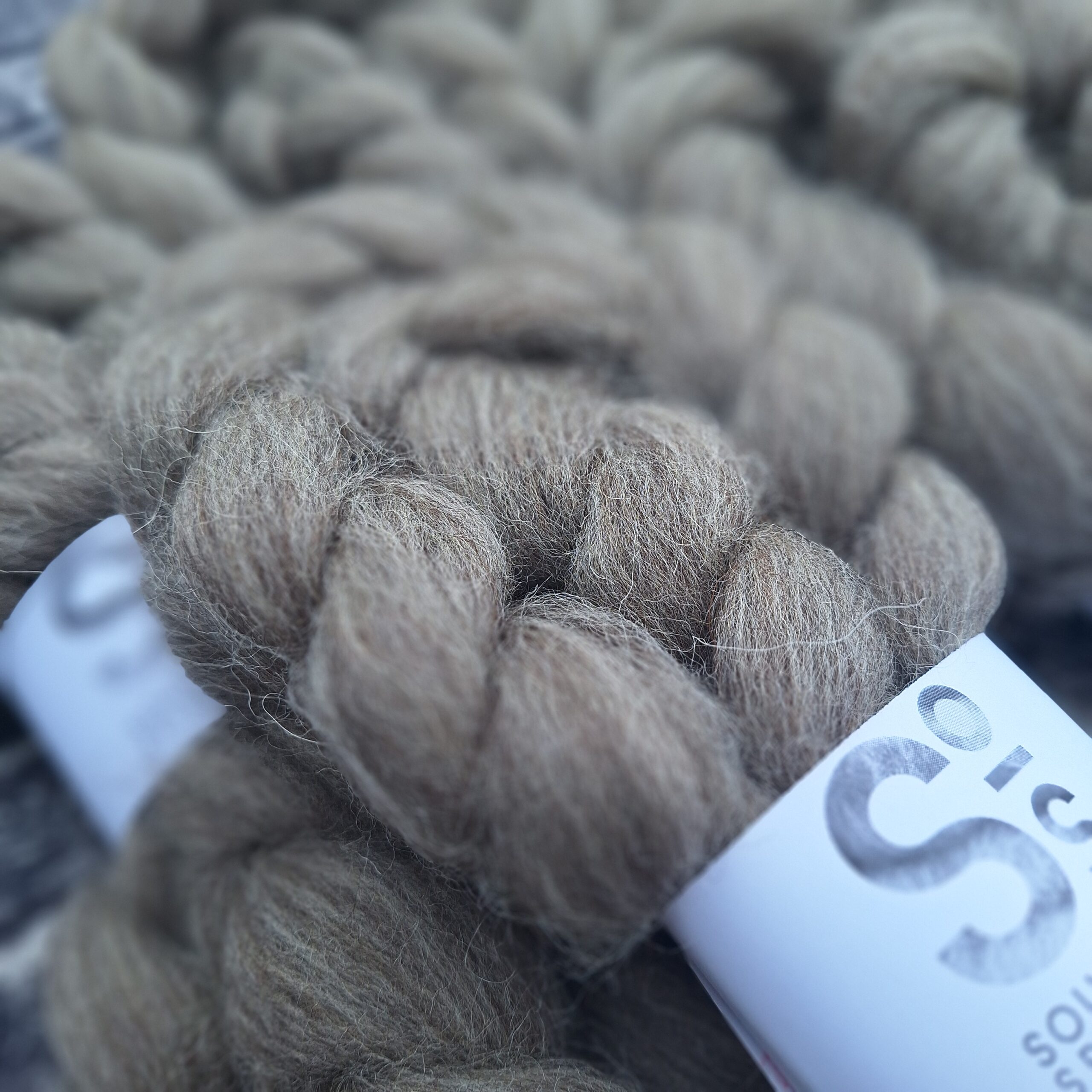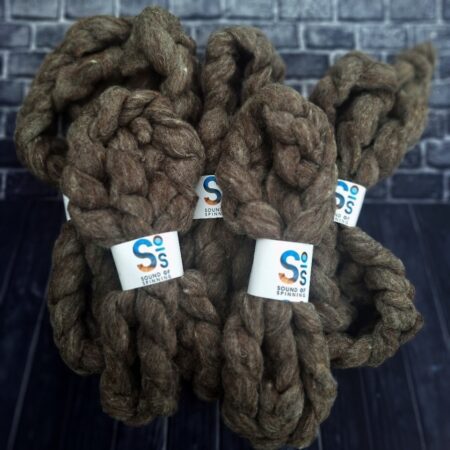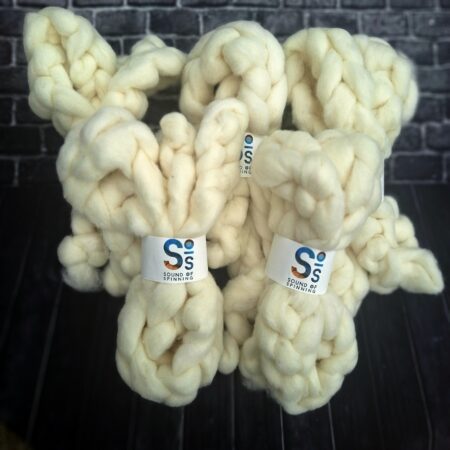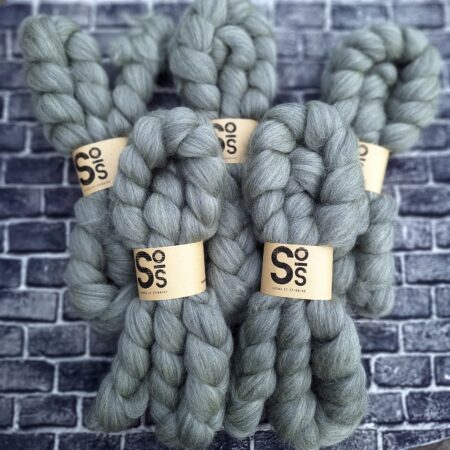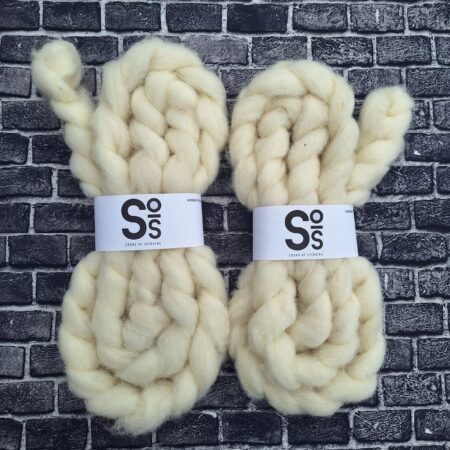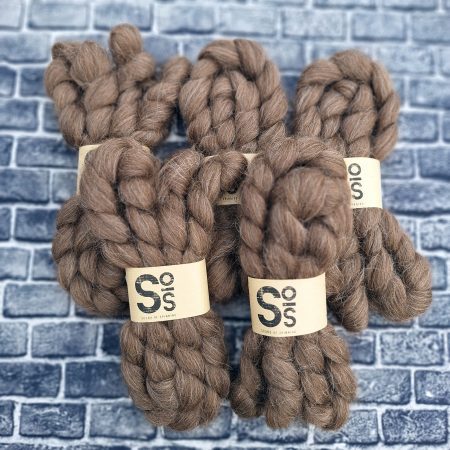Your basket is currently empty!
6€ Flatrate Shipping within Ireland!
Description
Contents: 100% Jacob Wool
Micron: 33 – 35mic
Staple Length: 85 – 95 mm
Weight: 100g
Crafting: Dyeing, Wet Felting, Needle Felting, Spinning, Weaving, Jumbo Knitting, Jumbo Crochet
Care: Hand Wash Only
Jacob Sheep and Their Woo*
Jacob sheep are a heritage, multi-horned breed known for their striking piebald (black and white) fleece and unique four-horned genetics. They are one of the oldest known sheep breeds, with historical records suggesting they date back to biblical times. Jacobs are now found throughout the UK and Ireland, primarily in small flocks, conservation grazing projects, and artisan fibre farms.
Characteristics of Jacob Sheep
Appearance:
– Distinctive black-and-white fleece with irregular spotting.
– Naturally horned, with both males and females having two, four, or even six horns.
– Small to medium-sized, with a lean, athletic build.
Hardiness:
– Adapted to low-input farming, thriving in harsh conditions and requiring minimal intervention.
Jacob Wool: Qualities and Uses
Jacob wool is medium to fine, with a distinctive spotted pattern that allows for natural colour variation when spun.
Fibre Length:
3–7 inches (8–18 cm), making it a versatile, medium-length wool.
Micron Count:
25–35 microns, meaning it ranges from soft (suitable for next-to-skin wear) to coarser (better for outerwear or rugs).
Texture:
– Soft but strong, with a natural crimp that provides elasticity.
– Not as silky as Bluefaced Leicester, but not as coarse as Cheviot.
Uses:
Natural-colour yarns: Since Jacobs have both black and white fleece, their wool can be spun into natural black, white, grey, or blended tweed yarns without dyeing.
– Hand-knitting and weaving: Excellent for sweaters, hats, mittens, and home textiles.
– Felting: Works well for needle felting and felted garments.
– Rugs and upholstery: The coarser fibres are often used in durable woven textiles.
Jacob Wool in Ireland and the UK
– Jacobs have been bred in Britain for centuries, and the Jacob Sheep Society promotes the breed’s conservation and wool use.
– Used by artisan spinners, weavers, and traditional wool mills for high-quality, naturally coloured yarns.
In Ireland, Jacobs are less common than in the UK, but small farms, rare breed conservationists, and hand-spinners in Ireland appreciate Jacob sheep for their low-maintenance needs and unique wool.
– Some independent Irish wool producers sell Jacob wool in natural tones to niche markets.
Modern Uses and Demand
– Growing in popularity among sustainable fibre artists and heritage wool enthusiasts due to its natural colour variety and eco-friendly farming practices.
– Perfect for undyed, organic wool projects, making it a favourite for traditional knitting, weaving, and felting.
– Since Jacob sheep are low-maintenance and thrive in mixed farming systems, they are often kept in small flocks for pasture management and conservation grazing.
Additional information
| Weight | 100 g |
|---|


